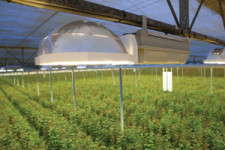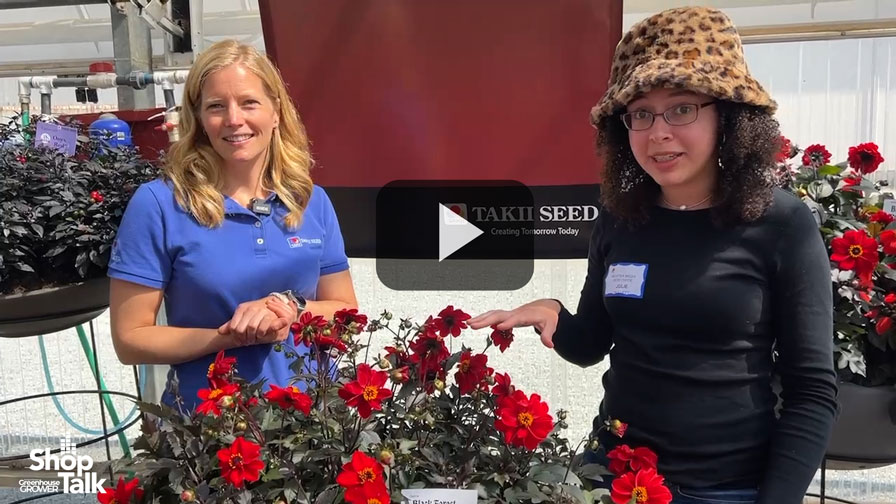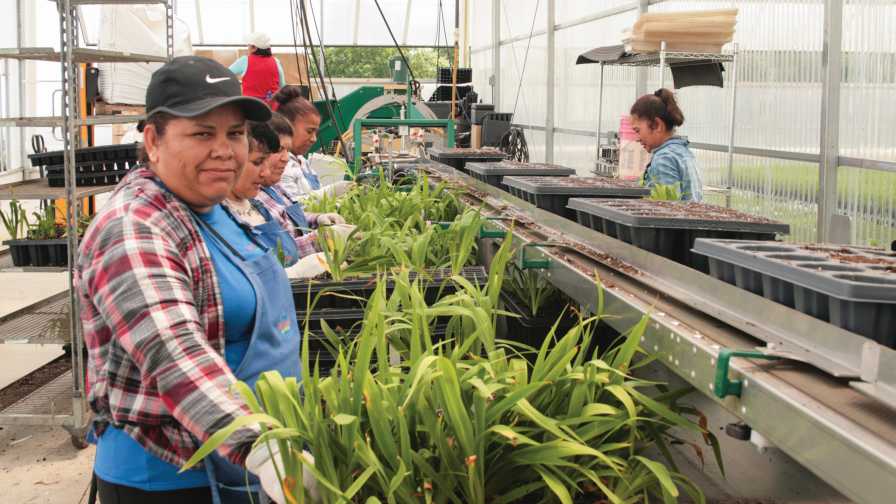Get More From Your Light Fixtures

Think of your light fixtures as a car. When you get a new car, it gives you the best performance possible. But as you drive that car and put miles on it, you have to do some maintenance to keep it running smoothly so you get the best efficiency.
The same is true with light fixtures. As you put hours on your fixtures and bulbs, they start to wear down. Bulbs start to fade in output, capacitors start to get weaker and after a few years, you’re not getting the performance you used to. Sure, some growers keep a re-lamping schedule, but some wait until the bulbs get dim and then wonder why the plants aren’t growing like they used to.
Here are a few things you can do to ensure your plants get the optimal light from your fixtures, starting with wiring for correct voltages. It’s important growers make sure the voltages specified for the fixture are the voltages actually wired in the greenhouse.
Bulbs
Some companies try to save money and buy cheap bulbs for the greenhouse. But remember, you get what you pay for.
Most light fixtures are manufactured to run efficiently with certain components. Changing the bulb may affect this efficiency. The first thing to look for is the PAR (photosynthetic active radiation) rating of the bulb. The more PAR the bulb puts out, the more your plants will respond to it. Buy a PAR meter and learn to use it.
While two bulbs may put out the same footcandles or lux, they can dramatically differ in PAR outputs. Remember, most light meters read what people see. You need a PAR or quantum meter to read the Micromoles of PAR from the bulb.
Considering that notion, you should be changing your HPS bulbs at roughly 10,000 hours. Always remember you should be wearing cotton gloves before you touch a new bulb. Ten thousand hours is when most HPS bulbs start to lose more than 10 percent of their output. A 10 percent PAR loss means a loss of 10 percent growth from your supplemental light.
Metal halide, while used in some instances (i.e. growth chambers, low natural light areas), depreciates in output much quicker than HPS. These are changed at roughly 8,000 hours.
To find out your bulbs’ loss, use this simple trick: buy a new bulb and install it in the fixture. Burn it in for 100 hours to stabilize the gases in the bulb. Then take a reading at night at a set distance from the bulb and record the reading.
Then, put your old bulb back in, take a reading and calculate the percentage difference between the two readings. Remember, if you’re at 30 percent loss, you’re still using the same amount of energy. The plants are just going to grow slower.
Reflectors
Now that you have good bulbs you need to look at your reflectors. Are they dirty? Do they have calcium spots from water or pesticide residue? If your reflector is at a 20 percent loss of reflectivity, you’re losing light and efficiency. Up to 60 percent of the light needs to be caught by the reflector and directed back toward the plants. So have your reflectors tested every three to five years, and give them a cleaning every two to four years depending on conditions. You will need to replace your reflectors if, upon inspection, you find they are bent, have dings or major scratches.
To clean your reflector, make a 1-to-100 vinegar-to-water solution. Dip the reflector in this solution for a few seconds (depending on the condition of the reflector) and, if necessary, rub lightly with a fine nail brush to loosen the dirt. Do not scratch finish! Once the dirt is loosened, you can then dip the reflector in plain water to rinse.
The last step is to rinse once more in distilled water and let dry. The distilled water will eliminate any calcium or water impurities from drying on the reflector. If you find there are still heavy deposits that will not wash off, it may also be a sign that it is time to replace. If the reflector is clean and dry, hang it back up and you’re ready to go.
Capacitors
Most people complain about capacitor issues. Did you know the capacitor should be changed about every three bulb changes, or every 30,000 hours? Capacitors get weak over time. Heat and power fluctuations are the main reasons for capacitor failures.
Capacitors level out the current to the lamp, assuring a correct and steady voltage. As they get weak, they get more resistance and release less energy to the bulb. This causes more heat to build up in the ballast and less light from the bulb. The capacitor is manufactured to swell up and break the connection when it fails. This swelling is like a fuse that breaks the circuit to prevent an open circuit from damaging more components.
Installing fixtures in the peak of a greenhouse with no ventilation can heat things up quickly. It is not uncommon for a fixture running in a 130 to 140°F greenhouse peak to have an internal temperature at or above the 105°C capacitor max and cause failures. Using remote ballasts to mount on sidewalls or in head houses is a useful way to keep the components cool and assure long life.








